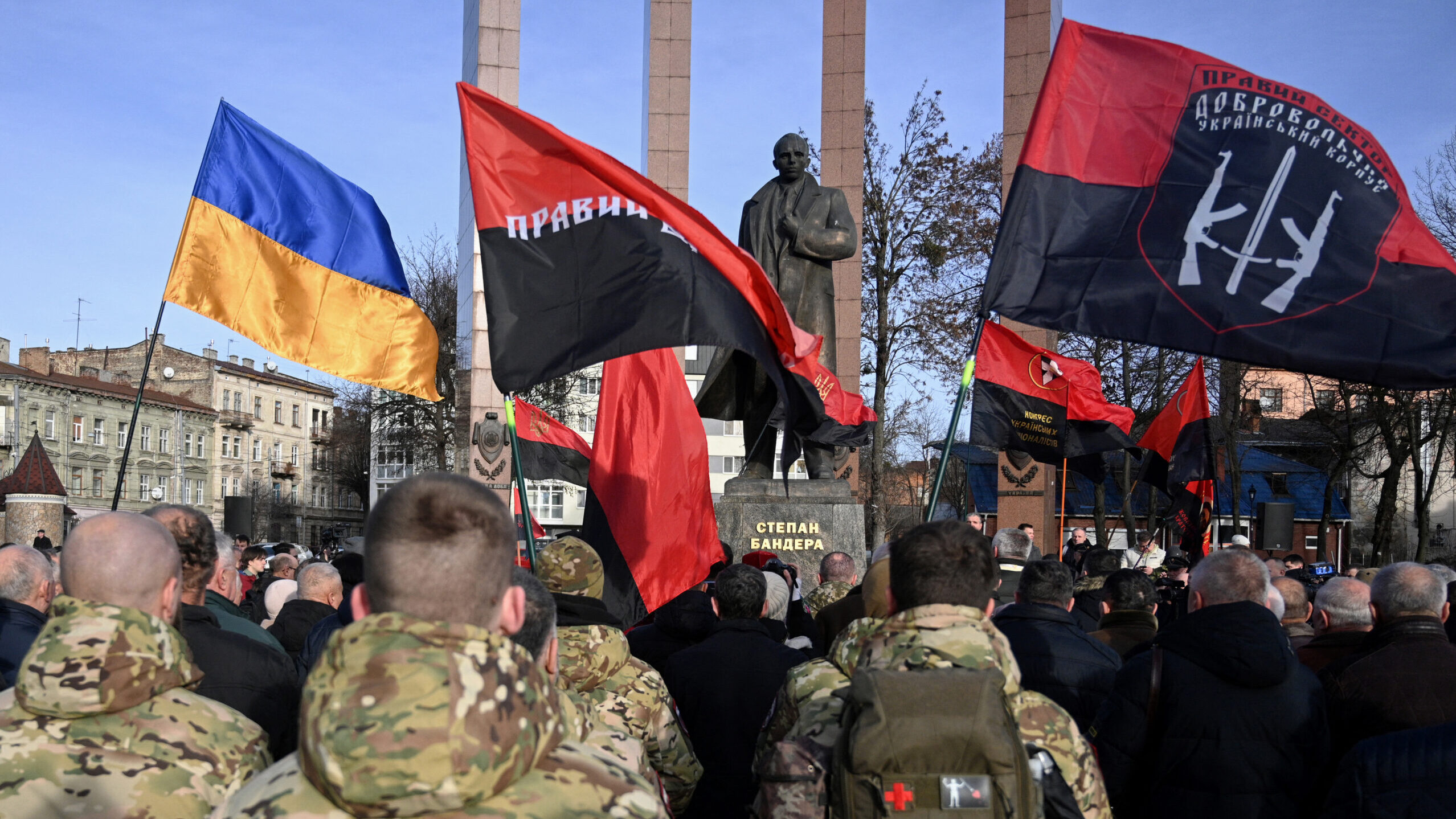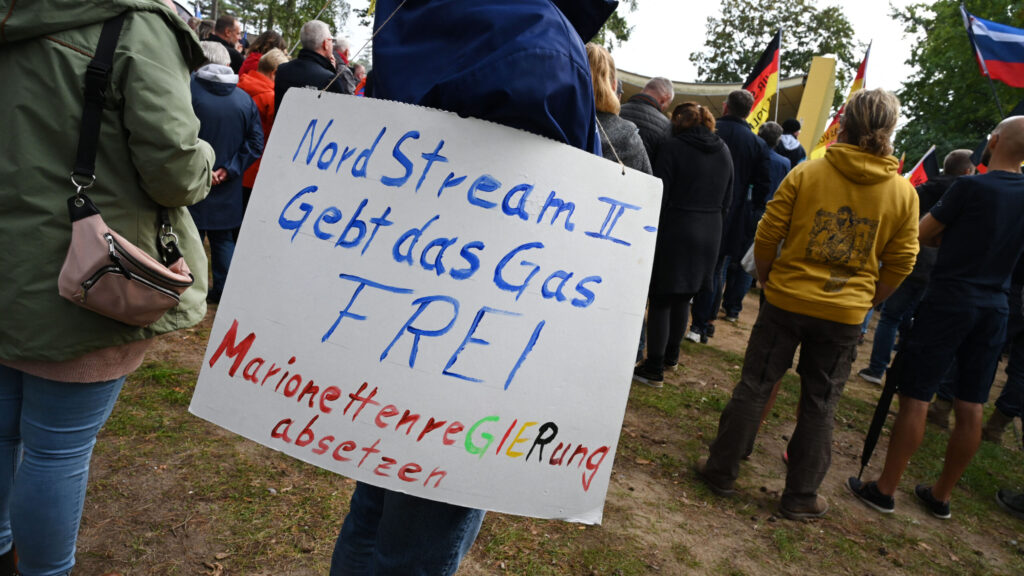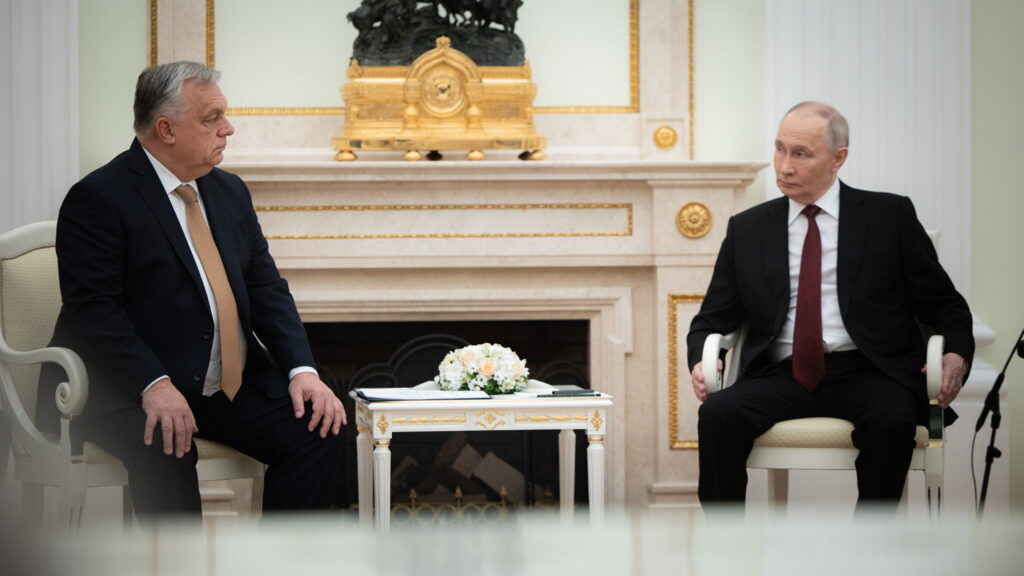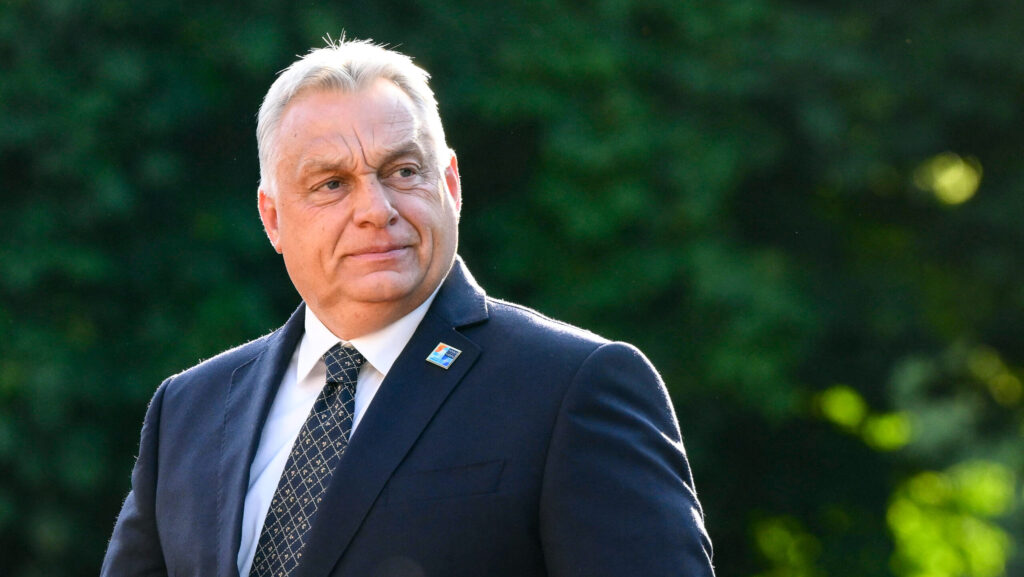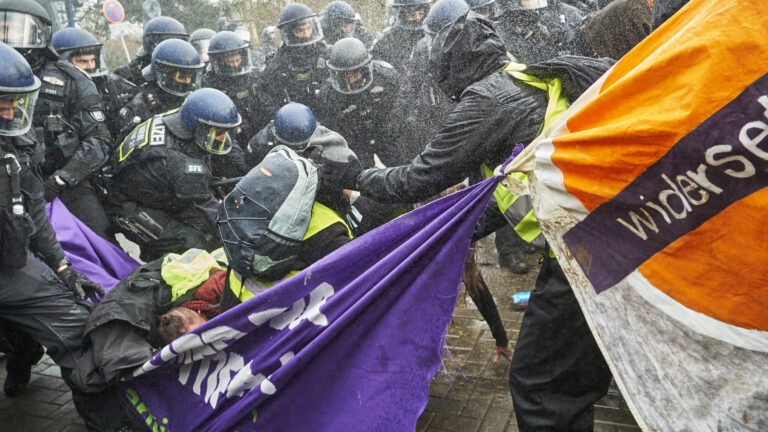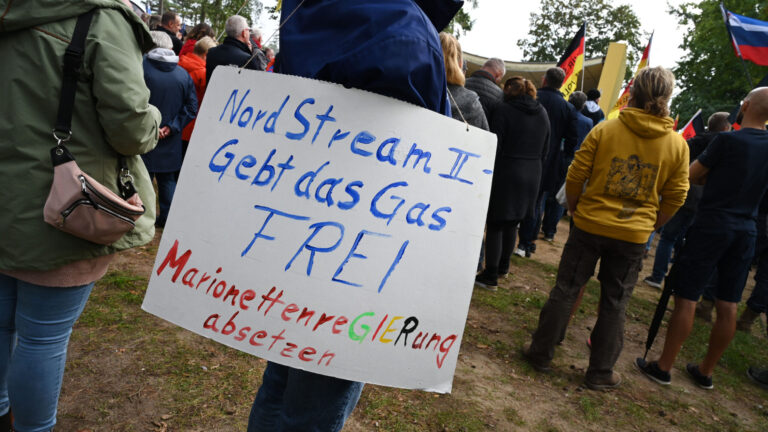Earlier this week, Polish President Karol Nawrocki proposed legislation banning symbols related to Ukrainian fascist leader Stepan Bandera, equating them with Nazi and communist symbols. The proposal sparked outrage in Ukraine, with senior officials warning that such a law would ‘trigger a response’ from Kyiv.
Nawrocki argued that the move would benefit Polish–Ukrainian relations by disproving ‘Russian propaganda’, stating: ‘In order to eliminate Russian propaganda and build Polish–Ukrainian relations on true partnership and mutual respect and sensitivity, I believe that we must enshrine in the bill an unambiguous slogan: “stop Banderism”.’
Former Polish Prime Minister Mateusz Morawiecki backed the proposal and called for the deportation of those displaying Banderite symbols. ‘This idea will help our southeastern neighbours, as well as all Poles, understand what the Volhynia tragedy was. I sincerely believe this will be a step in the right direction. It will raise awareness of what it actually means,’ Morawiecki said.
Nawrocki did not specify what exactly constituted Bandera symbols. However, he likely referred to iconography depicting the nationalist leader’s likeness and the red-and-black ‘blood and soil’ flag of the Organization of Ukrainian Nationalists (OUN) and its military wing, the Ukrainian Insurgent Army (UPA). Red-and-black symbolism remains popular among Ukrainian far-right groups and features on the insignia of several Ukrainian military units, including Azov.
On 9 August, a concert by Belarusian rapper Max Korzh at Warsaw’s National Stadium drew a crowd of around 60,000, including many Belarusian and Ukrainian attendees. Alongside the performance, clashes reportedly broke out between fans and security, with more than 100 people detained for offences such as drug possession, bringing in pyrotechnics, and assaulting staff. Among the footage circulating online was a particularly provocative image showing an attendee brandishing the red-and-black flag of the UPA.
Chay Bowes on X (formerly Twitter): “50+ Ukrainians to be deported from Poland after riots at a Max Korzh concert in WarsawTusk: “Riots, aggression, provocations’ included a UPA flag – symbol of Nazi collaborators who massacred tens of thousands of Poles” pic.twitter.com/yqZ6JIKIWE / X”
50+ Ukrainians to be deported from Poland after riots at a Max Korzh concert in WarsawTusk: “Riots, aggression, provocations’ included a UPA flag – symbol of Nazi collaborators who massacred tens of thousands of Poles” pic.twitter.com/yqZ6JIKIWE
Bandera assumed leadership of the OUN/UPA in the early 1930s, transforming it into a terrorist organization that allied with the Nazis and carried out violence against Jewish and Polish targets in pursuit of Ukrainian independence. In 1943, the UPA launched a bloody campaign of massacres against Polish civilians in Volhynia and Galicia, with a level of brutality that even shocked the Nazis. The killings depopulated large swathes of eastern Poland of Poles, prompting the Soviet government to deport the survivors and redraw Poland and Ukraine’s borders westward. The Polish government officially recognizes the Volhynia and Galicia massacres as genocide, equating Bandera in infamy to Nazi war criminals of the same era.
Bandera’s legacy remains one of the most contentious issues in Polish–Ukrainian relations, as the Ukrainian leadership continues to promote his image through school curricula and by renaming streets and public institutions. Over a dozen major Ukrainian cities, including Kyiv, have streets named after him, and more than 40 monuments and statues have been erected in his honour across Ukraine, according to the Washington Examiner.
Simultaneously with the Banderite ban proposal, Nawrocki also vetoed legislation extending refugee benefits for Ukrainians unless they are employed, and threatened to cut Poland’s funding for Ukraine’s Starlink internet service unless parliament adopts his alternative bill.
‘Poland, once one of Ukraine’s strongest supporters in Europe, has witnessed a shift in sentiment’
Poland, once one of Ukraine’s strongest supporters in Europe, has witnessed a shift in sentiment. This trend was evident even before the presidential election of June 2025 and has become more pronounced since Nawrocki took office. As Hungarian Conservative reported in March, a survey conducted by the Mieroszewski Centre between November and December 2024 found that only 25 per cent of Poles viewed Ukrainians positively, while 30 per cent held a negative opinion. More than half believed that assistance to Ukrainian refugees was excessive. A February 2025 poll showed that 57 per cent of Poles thought Ukraine should seek a peace settlement with Russia as soon as possible, even if it involved territorial concessions.
More recently, a June poll by IBRIS revealed that only 35 per cent of Poles supported Ukraine’s EU accession bid, while 42 per cent opposed it. The figures were similar regarding NATO membership, with 37 per cent in favour and 42 per cent opposed. Support for further economic aid to Kyiv dropped to 35 per cent, while 44 per cent opposed continued assistance. Meanwhile, 46 per cent of respondents wanted to reduce or suspend military support for Ukraine altogether.
Nawrocki himself has made clear his opposition to Ukraine’s NATO and EU membership. In an interview with the Hungarian outlet Mandiner in June, he said that while Poland must support Ukraine strategically, it must also safeguard its own interests. He stressed that Ukraine must understand that ‘other countries, including Poland, Hungary, and other European states, also have their own interests.’
Related articles:

